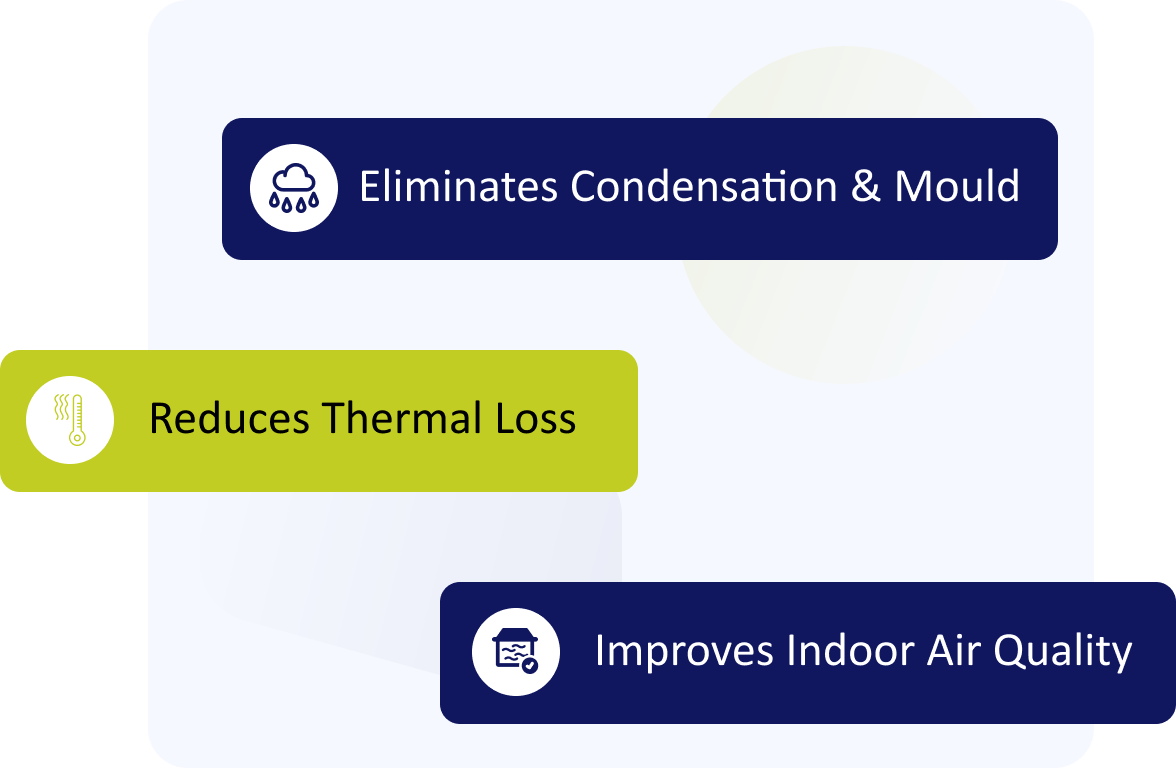Demand Controlled Ventilation (DCV)
The most efficient way to balance indoor air quality and energy savings.
Demand controlled ventilation (DCV) is a process designed to adjust/reprogram the ventilation settings within a building, based on the fluctuating occupancy.
DCV systems can automatically reduce ventilation intensity during off-peak hours, saving a lot of energy in the process. They can also sense if the quality of indoor air is becoming polluted, and fix that by pumping fresh air faster into the building.


How Does Demand Controlled Ventilation (DCV) Work?
What Type of Building is DCV Suitable For?

Benefits of DCV
Energy efficient – As a DCV system optimizes airflow rates based on the indoor air quality, the ventilation rate varies. Therefore, the system only boosts ventilation rates when needed, increasing energy efficiency.
T. Monaghan
Belclare, Galway
D. Walsh
Loughrea, Galway
L. Tutty
Athlone, Westmeath
Sean Gavin Electrical were highly recommended by a previous customer. Always arrived at the time promised and always willing to allow enough time to give appropriate advice.
P Kearns
Galaway

